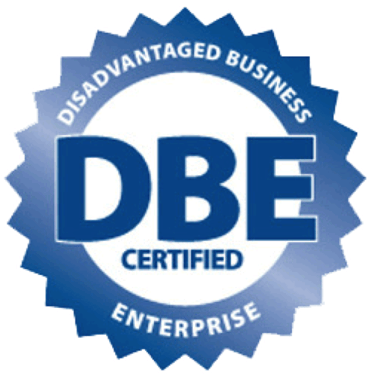What Are Voluntary Benefits?
Voluntary benefits are employee-paid insurance or service options that can be conveniently deducted from payroll. Common examples include accident, critical illness, hospital indemnity, legal, identity theft, and pet insurance. Because these programs are typically offered at group rates, employees gain access to affordable protection that might otherwise be difficult to purchase individually.
Illinois Workforce Trends
According to Mercer’s 2025 Employee Benefits Trends Report, 62% of Midwest employees want more personalized benefit options tailored to their lifestyles and family structures. Across Cook, DuPage, and Kane Counties, employers are expanding voluntary offerings to attract and retain diverse, multigenerational workforces. These additions are particularly appealing to younger employees who value flexibility and to older workers seeking financial security and supplemental health protection.
Why Voluntary Benefits Matter
Voluntary benefits support employees’ financial wellness and overall sense of security. They help bridge coverage gaps created by higher medical deductibles and out-of-pocket expenses. For employers, they provide a cost-neutral way to expand total rewards programs while strengthening employee loyalty and engagement. When communicated effectively, voluntary programs demonstrate that an employer is responsive to individual needs and changing lifestyles.
Integrating Voluntary Benefits with Core Plans
Bundling voluntary options with existing health, dental, and vision coverage simplifies the enrollment experience. Many Illinois employers now use digital tools and mobile apps that let employees compare and select benefits easily. Pairing voluntary coverage with high-deductible health plans—such as offering critical illness or accident insurance—helps offset potential medical costs. Other employers are adding supplemental life insurance or short-term disability as part of a broader financial protection strategy.
Compliance and Communication Tips
Employers offering voluntary benefits through pre-tax payroll deductions must ensure compliance with Section 125 of the Internal Revenue Code. Annual open enrollment periods are the best time to promote these options, using clear, jargon-free communication that highlights value and relevance. Providing side-by-side comparisons and real-world examples helps employees understand how voluntary coverage supports their household budgets.
→ Voluntary benefits empower employees and protect employer budgets. Let’s review your benefit plan to help you attract and retain talent while keeping costs predictable.
Sources
1. Mercer – Employee Benefits Trends Report, 2025
2. SHRM – Benefits Benchmarking Study, 2025
3. Society for Human Resource Management – Voluntary Benefits Overview, 2025
4. Illinois Department of Insurance – Employer Benefit Guidance, 2025
Voluntary Benefits: Affordable Protection Employees Actually Value


As healthcare and benefit costs continue to rise in 2025, many Illinois employers are searching for ways to stay competitive without adding significant expenses. Voluntary benefits have emerged as one of the most effective tools for enhancing employee satisfaction and retention—without increasing fixed costs. These programs allow employees to choose additional coverage that fits their unique needs, creating a more personalized and flexible benefits experience.
Transforming small business consulting with dynamic energy.
Service
Trust
(312) 220-9200
© 2025. All rights reserved.


141 W. Jackson Blvd. | Suite 1502 | Chicago, IL | 60604






